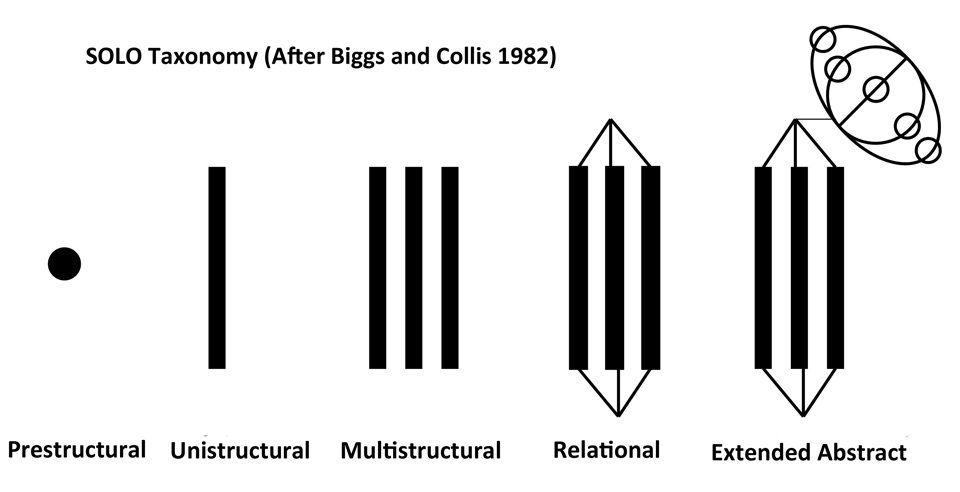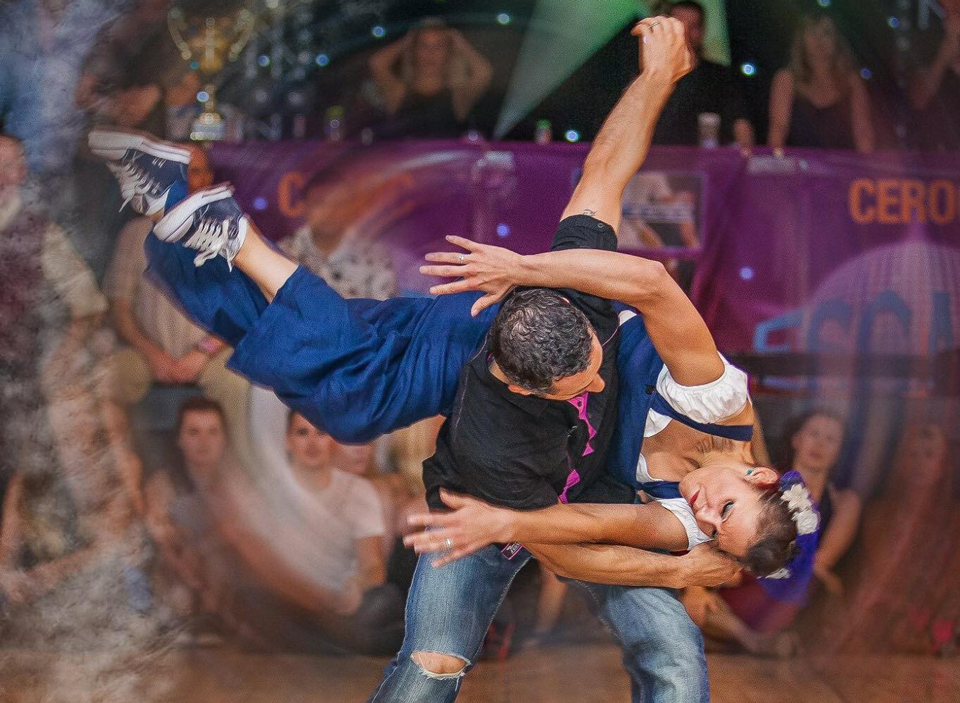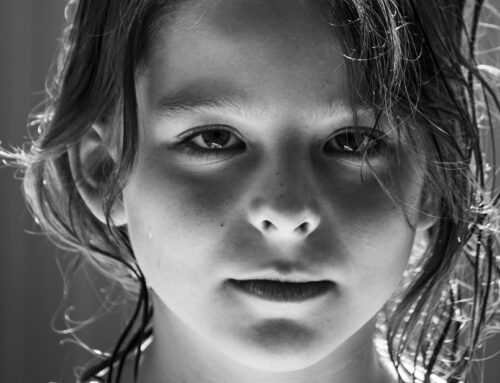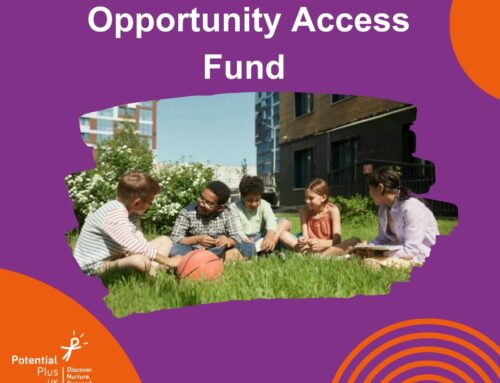Can you think of a time where you really learned something deeply? What was it? What did it feel like? What made the learning deep?
One recent experience that is brought to mind when I ask myself these questions is when I recently took part in a workshop on incorporating aerials into modern jive dancing. I’d reached a point in my dancing where I wanted to and could progress to something a little more challenging and had a partner willing to do the lifting required. We nervously attended the class, enjoyed the experience and came away with several moves we could incorporate into our dancing (and muscles more than a little achy), feeling like we had had a great learning experience.
What was it that made that particular learning experience deep? How did it become meaningful and memorable? Part of it was understanding where the moves I was learning fit into a context. That is, what could come before it and after it, when it would be appropriate to use the moves, how to adapt them to be larger or smaller to fit different types of music and what could my partner and I do to improve the move or make it slightly different. The other part of its depth was the personal relevance and reflection. We were encouraged to think about which of the moves we preferred and which we were most likely to use and why, then had the opportunity to video ourselves so we could watch it, assess our own performance and make adjustments. In other words, the depth came from the building of connections through understanding how we could fit what we had learned into what we already knew, what it meant for us and how we could use it effectively going forwards.
Building these types of connections, both the contextual and the personal, that go beyond the topic at hand to create powerful learning experiences is guaranteed to encourage learners to think more deeply and has the added benefit of making learning more memorable, since there will be many more ‘hooks’ for learners to associate with, just like the hooks of known moves, personal experience and preferences.

How can teachers structure learning experiences to include contextual and personal connections like these? A handy guide, which you may have come across before, is the Structure of Observed Learning Outcomes, or SOLO, Taxonomy.
Proposed by John B. Biggs and Kevin F. Collis in 1982, the SOLO model describes increasing levels of complexity in a learner’s understanding of topics. It consists of five levels of understanding:
- Pre-structural: The learner hasn’t really understood the point and uses too simple a way of going about it.
- Uni-structural: The learner only focuses on one relevant aspect.
- Multi-structural: The learner focuses on several relevant aspects, but they are treated independently and additively.
- Relational: The different aspects have become integrated into a coherent whole – usually with adequate understanding.
- Extended abstract: The previous integrated whole, conceptualised at a higher level of abstraction and generalised to a new topic or area.
Truly deep learning uses techniques that bring about the extended abstract level of understanding. For example, setting tasks that ask learners to reflect, theorise or argue a point will generate thinking that goes beyond the topic itself and encourage a broad view.
To learn more about the SOLO Taxonomy and how to deepen learning, see our advice sheet
S320 SOLO Taxonomy (Members login to download for free)
About the author: Rebecca Howell is Potential Plus UK’s Senior Education Consultant and Director of the DME Trust. She leads various aspects of the organisation, including oversight of the assessment and advice services. She is passionate about leadership and developing new services to support members. With a background in educational leadership, she has 3 children with high learning potential/dual or multiple exceptionality.






